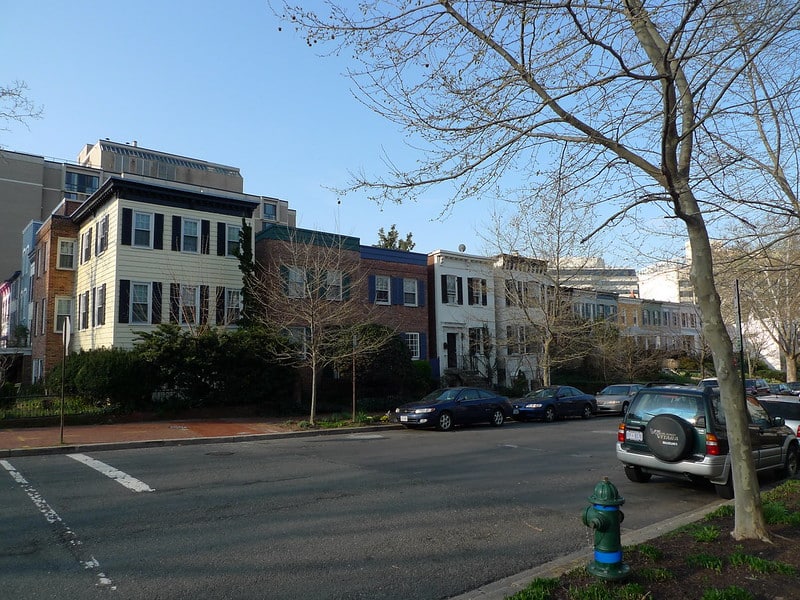I have been constantly astounded since I moved back to the city last summer at the extent to which television has penetrated our public spaces. I don’t mean out in parks or on the streets, (although our children certainly have plenty of access to TV in the back seats of cars and TV may be the next cockamamie idea that is dreamed up as a means of funding our parks.)
What I’ve noticed is that almost every restaurant, big or small, now has a television in a prominent corner of its dining area. It used to be that this was a distinguishing feature of sports bars, but now it seems to be true of every indoor place where I might conceivably go outside of my own living room.
The only time I have found benefit from this strange development was last Tuesday at lunchtime, when I went with some of my colleagues to watch the inauguration at a local Mexican joint. The owners were kind enough to set both TVs on the big show. We might have gone to a bar closer to our office, but we were warned by the bar manager that should a sporting event of any sort happen to be on at that hour, it would take precedence over Obama.
The other day a friend and I went to try the food at a restaurant we had heard about. There were three possible seating arrangements within the restaurant: in booths along the sides of the building, at a long, rectangular bar-like counter in the middle where customers could see each other across the bar, or at another bar where the only thing to look at, in olden times, would have been the staff behind the bar. My friend and I might have chatted amiably with the bartender/wait staff during breaks in our conversation with each other. But this was difficult, because there were two gigantic televisions mounted just behind where the bar staff stood, and they were incredibly distracting.
Is it just me, or:
- Are there a lot more TVs in restaurants than there were a few years ago, and
- is this another sign that we as humans are losing our ability or will to communicate with one another? And,
- what does this say about any progress we might be making toward restoring “the great good place,” a term coined by sociologist Ray Oldenburg for bars, cafes and other places where we might gather beyond our private homes?




Comments